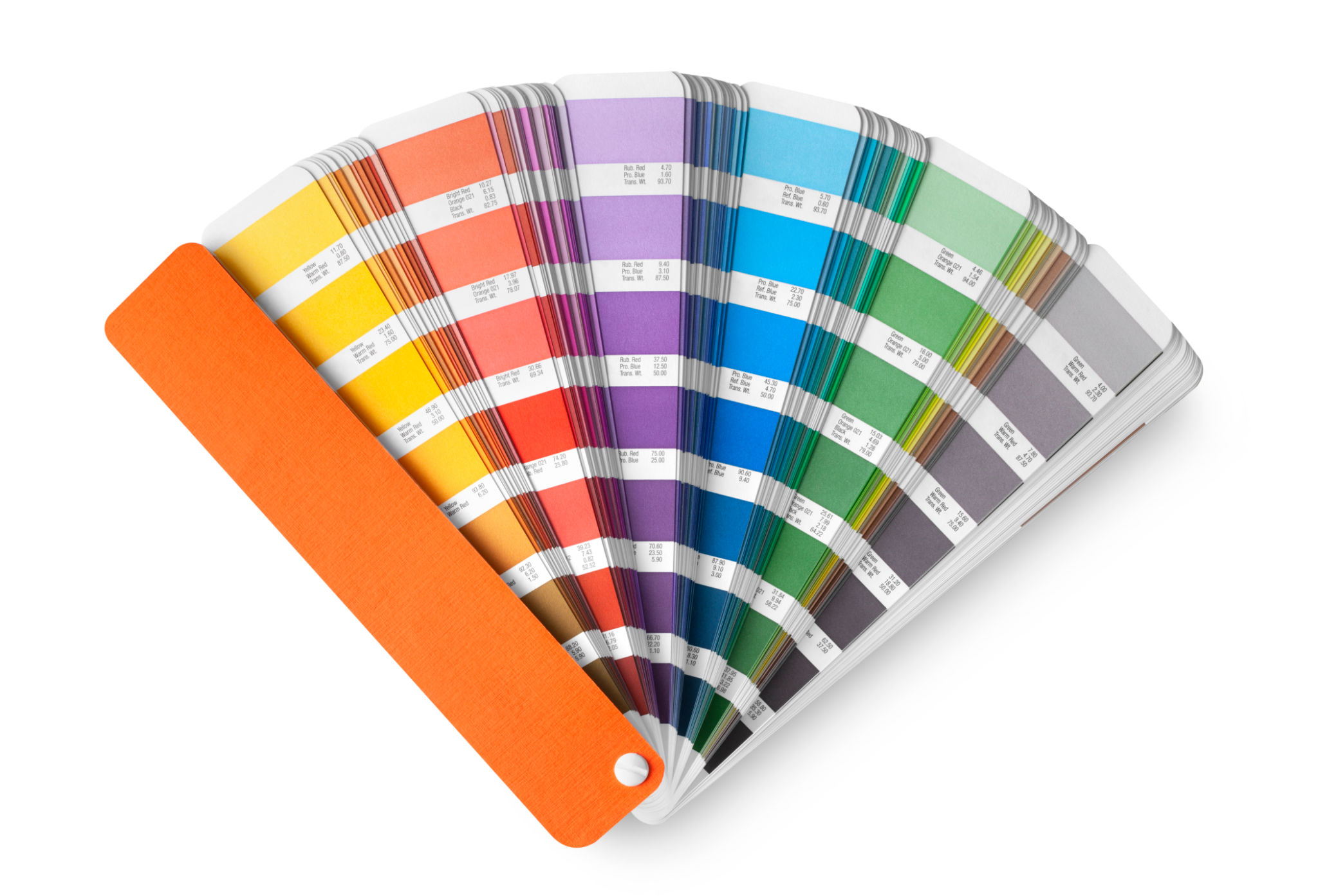Behind the Seams: The Process of Creating a Tailor Made Dress
The Art of Tailoring
Creating a tailor-made dress is a meticulous process that combines art and skill. Each custom piece tells a unique story, reflecting the personality and desires of the wearer. From the initial consultation to the final fitting, every step is crucial in crafting a garment that fits perfectly and looks stunning.

Initial Consultation and Design
The journey begins with an in-depth consultation. This is where the tailor gets to know the client, discussing preferences, styles, and any specific requirements. It's a collaborative process where ideas are exchanged, and inspiration is drawn from various sources, including fashion trends, personal tastes, and even historical designs.
After understanding the client's vision, the tailor sketches several design options. These sketches serve as a blueprint for the dress, allowing the client to visualize the final product. Once a design is approved, it's time to select the fabric.
Fabric Selection
Fabric selection is a critical step in creating a tailor-made dress. The choice of material can significantly impact the dress's appearance and feel. Clients often choose from a wide range of fabrics, including silk, satin, chiffon, and lace.

The texture, color, and pattern of the fabric play a vital role in bringing the design to life. The tailor provides guidance on which materials best suit the design and occasion, ensuring that practical considerations like comfort and durability are also taken into account.
Taking Measurements
Precision is key when it comes to measurements. This step involves taking detailed measurements of the client's body to ensure a perfect fit. The tailor records various dimensions, including bust, waist, hips, and length measurements.
A well-fitted dress not only enhances appearance but also boosts confidence. Accurate measurements are essential to avoid any alterations later in the process.

Pattern Making and Cutting
Once measurements are taken, the tailor creates a pattern. This involves drafting a template on paper based on the client's measurements and chosen design. The pattern serves as a guide for cutting the fabric pieces that will form the dress.
Cutting is done with precision to ensure each piece aligns perfectly during assembly. This stage requires a keen eye for detail and expert craftsmanship.
Assembly and Fitting
With all fabric pieces cut, the tailor begins assembling the dress. This involves sewing the pieces together and adding any additional elements like linings or decorative features. The dress starts taking shape during this phase.

Once assembled, the client comes in for a fitting. This session allows the tailor to make necessary adjustments and ensure the dress fits perfectly. It's an opportunity to refine details and confirm that everything aligns with the client's expectations.
Final Touches
The final touches involve perfecting details such as hems, closures, and embellishments. These elements add character to the dress and ensure it meets the highest standards of quality.
The result is a stunning garment that reflects meticulous craftsmanship and attention to detail. A tailor-made dress is more than just clothing; it's an expression of individuality and elegance.
